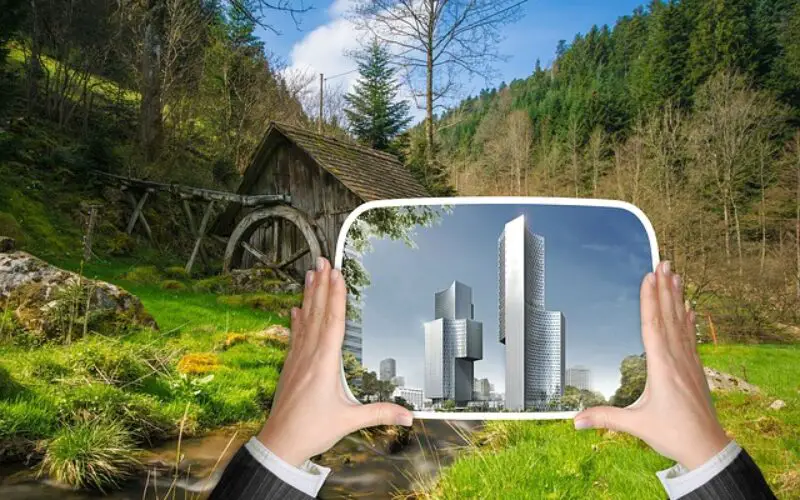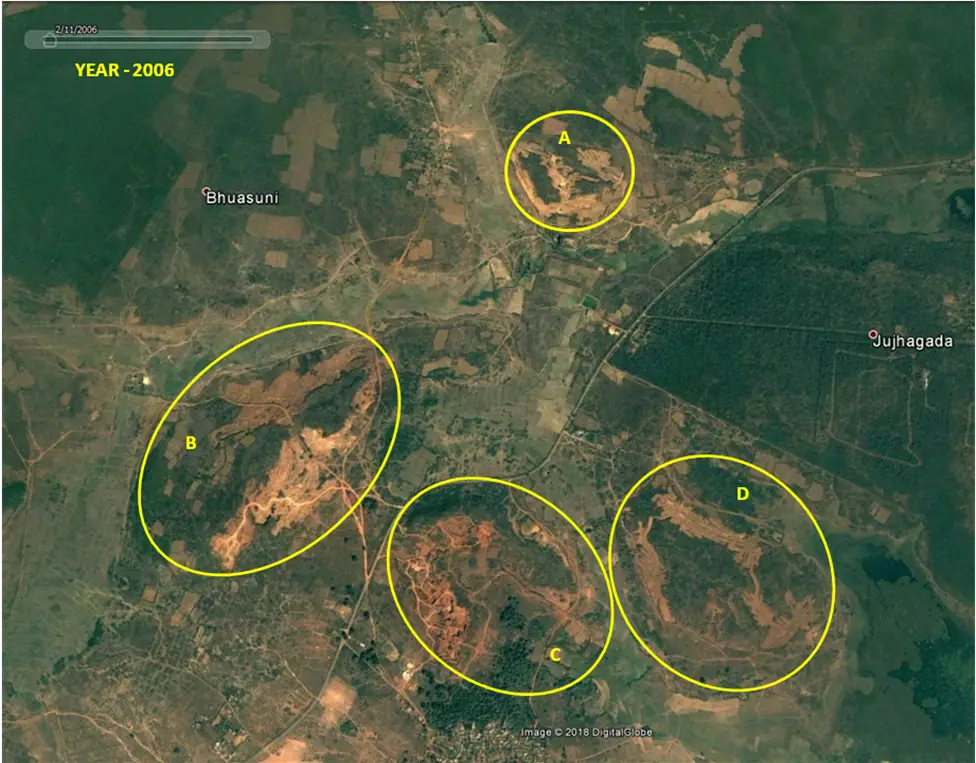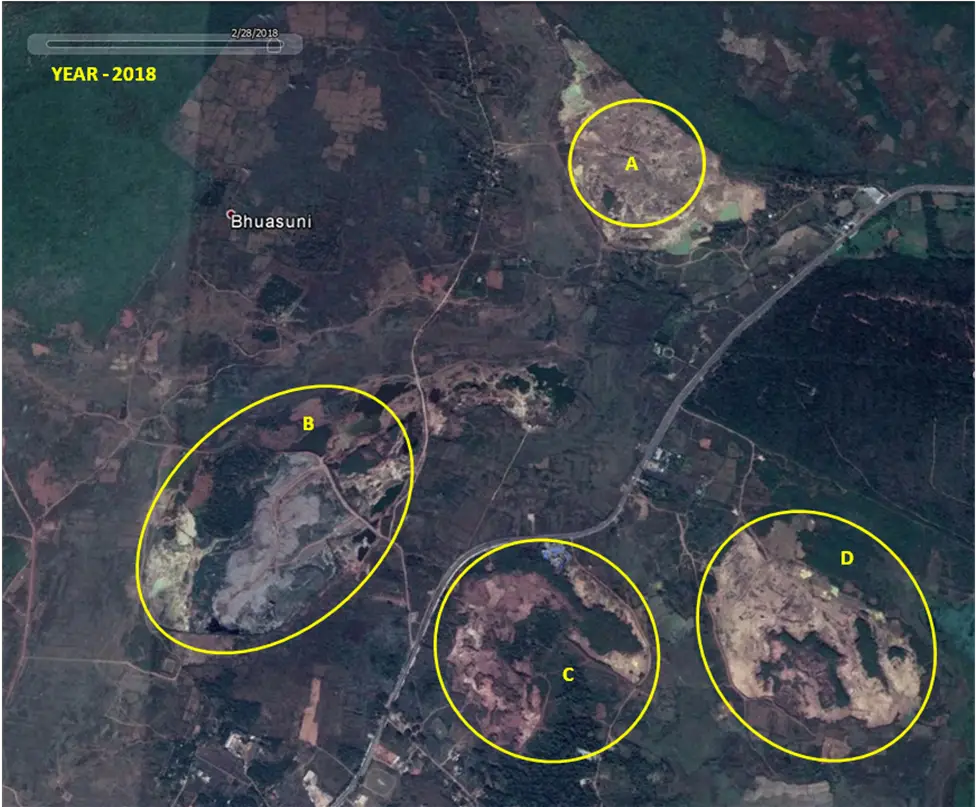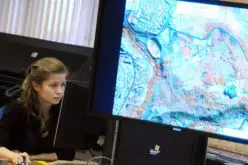Forest Cover Monitoring In Urban Agglomeration Using Google Earth Satellite Image – A Case of Bhubaneswar City, Odisha

About Authors

Forest provides goods and services including water, shelter, flood, folder, nutrient cycling, cultural and recreation value. Forest also helps in providing habitat for wildlife and also improves the socio-economic condition of the local community. Most people depend on forest resources and obtain fodder for maintenances, wood for houses, and fuelwood.
Additionally, local people gather various NTFPs from forests for household use and cash income. The use of GIS and remotely sensed data in mapping different natural resources management and environmental modeling is gaining mass momentum in recent years.
The majority of work in Remote Sensing was mainly focused on environmental studies in the last few decades. The implication of Remote Sensing and Geographic Information System to forest cover change and urban planning is now getting attention and interest among GIS and Remote Sensing professionals.
The techniques are becoming an important part of watershed management, urban planning, hydrological modeling, drought prediction, and forest cover mapping. Remotely sensed data provide advantages like synoptic coverage, consistency in data, global reach and readability, precision, and maximum accuracy in data provision. Large areas of land are acquired for agricultural practices, which results in deforestation.
Deforestation reduces forest cover, i.e. from dense forests to fragmentation of forests, open forests, scrubs, or land use degradation. Deforestation is caused by agriculture, degradation of forests, pollution, shifting agriculture, expansion of cities, etc. Deforestation can cause many problems like the extinction of endemic species (plant and animal), loss of biodiversity, flooding, soil erosion, increase in greenhouse gases, climate change, and global warming to name a few. (C. Sudhakar Reddy et al., 2009).
National economies are dependent on the consumption of their natural renewable and non-renewable resources. Deforestation has become a global concern. The study area is adjacent to Nandankanan Zoo, during the years 2006 and 2018 most of the greenery area has cleaned. The stone query has abolished the greenery and also some years after the hilly areas will be abolished.
During 12 years study, the ‘A’, ‘B’ and ‘D’ site has totally deforested for stone quarry. Government should implement strict rules and regulations to maintain the greenery areas which somehow reduce global warming and climate change. It’s an emergency to ameliorate the environmental conditions. Promote measures to prevent soil erosion and enable soils to retain more moisture, regenerate more greenery, and increase biomass productivity. Afforestation of the protected lands with plantation and their protection and restore the ecological balance of the region at least to some extent.

As per the report of the Forest Survey of India using Remote Sensing Techniques, the forest cover in the State is 48,855 sq. km. of which 7,073 sq. km. is a very dense forest. The moderately dense forest extends over 21,394 sq. km. while the open forest is over 20,388 sq. km.
The forest cover in the State constitutes 31.38% of the geographical area. Besides this, there exists tree cover outside the forest over 2.85% of the geographical area of the State.

Department of Forest and Environment undertakes different activities for protection, regeneration, and extension of forest and tree cover in the State in participatory mode with the involvement of local people for ameliorating the microclimate as well as environmental management and conservation. National Forest Policy 1988, Orissa Forest Sector Vision, 2020, and Joint Forest Management Resolution, 2011 provide guiding principles for forest management in the State.
*The article was originally published in the GIS Resources Magazine
Also Read –
LiDAR Technology for Monitoring Bridge Structure Defect and Health










